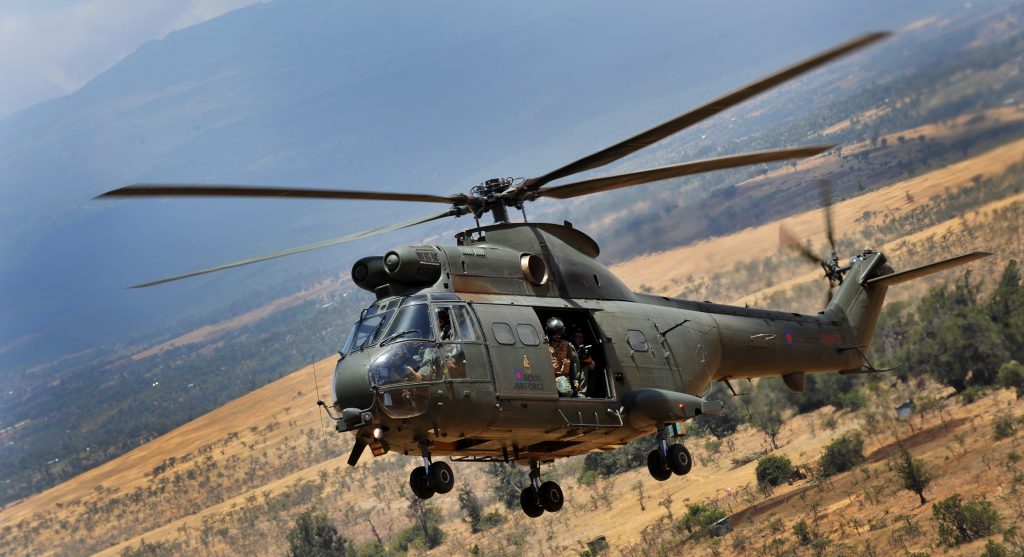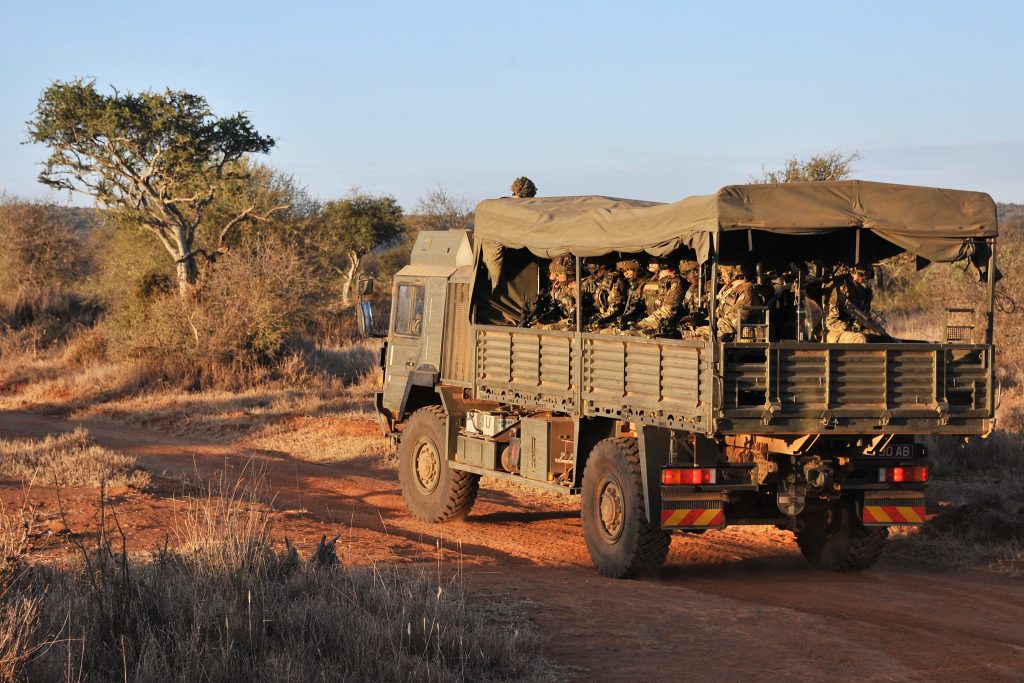
I’m the area project manager responsible for managing the delivery of projects on Permanent Joint Operating Bases and the MOD’s overseas training estate.
Over the past few years, I’ve been involved with a programme of work to design and build a new training headquarters (HQ) station in Kenya.
This has included providing technical and domestic accommodation for staff working at the British Army Training Unit Kenya (BATUK). The new training HQ is located at the Laikipia Air Base East (LAB(E)).
What is Laikipia?
LAB(E) is a fomer RAF station, it’s now a Kenyan Air Force base, located approximately 8 kilometres west-northwest of Nanyuki in Kenya, which is directly on the equator. It was established in 1974 as Nanyuki Air Base and later renamed for the county in which it is located.
The British Army trains around 10,000 troops and hosts an average of 365,000 training days a year on the Laikipia Plateau. They also have a longstanding relationship with Kenya.
What is BATUK?
BATUK provides the Army with a location for combined arms light role infantry battle group exercises. It is also used for forward operating bases, village locations and engineering tasks.

Accommodating staff
DIO has been involved in two main projects at Laikipia as part of the BATUK Infrastructure Development Programme which will provide a significant increase in capability.
The current BATUK HQ, offices, stores and training support facilities are located on land leased from the Nanyuki Agricultural Society, which must be vacated every year for the agricultural show.
Unfortunately, these facilities are not fit for purpose. The new facilities at LAB(E) will be permanent and on land leased directly from the Kenyan Department of Defence under a Memorandum of Understanding or Defence Corporation Agreement. It will allow the HQ to eventually move from NSG to LAB(E).
Working in partnership with Locally Employed Civilians
The value of the projects that DIO is involved in is more than £40 million and they are providing approximately 400 jobs for local people during the construction period.
Locally Employed Civilians (LECs) and local contractors involved in the building phase include approximately 30 women who are working in traditionally male dominated trades, including electrical and plastering work.
To ensure that all employees are operating in a safe environment, DIO has worked closely with local authorities and supply chains to introduce UK certified health and safety practices.
A major programme of upskilling for LECs has also taken place, which enables the transfer of skills into the local community and will assist workers with future employment.
Building update
Work has been slower than we’d like due to seasonal rains and challenges with the local sub-contractor supply chain. However we’ve overcome these issues and we have now completed several buildings on site.
The HQ is up and running and is established in temporary facilities. The welfare facilities are in full operation – families are using the area for gatherings – and the finance building is now in use.
The Joint Forces enabling exercise (JFEE) buildings are also complete. The JFEE allows the Royal Engineers to undertake vital training in the construction of permanent infrastructure.
What’s next?
I’m looking forward to seeing more buildings continuing to take shape over the coming year and hope that the new accommodation will enable a significant increase in military capability and provide more secure facilities for the Army to operate from. Check this blog for regular updates on our work.
Leave a comment